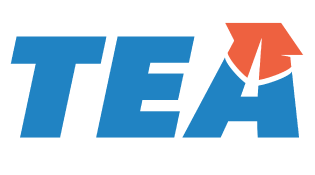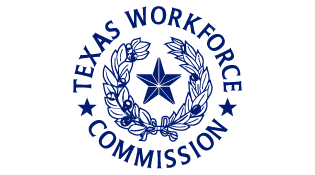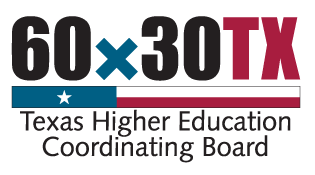In 2019, the state legislature passed House Bill 3, the school finance bill. Among other items, the bill allocates funding to improve college, career, and military readiness (CCMR) for all students. This funding is known as the CCMR outcomes bonus.
Outcomes bonuses aim to improve CCMR for all students. They also aim to ensure equity among economically disadvantaged students, those not identified as economically disadvantaged, and students in special education programs.
Districts earn funds when they demonstrate excellent CCMR readiness student outcomes, such as on the ACT, SAT, and Texas Success Initiative Assessment (TSIA). They can also earn bonuses when students receive industry-based certifications recognized in our A–F Accountability System. CCMR outcomes bonuses use a more rigorous standard than that of the accountability system.
Districts can use the funds to further prepare students for college, careers, or the military.
Bonus amounts
The CCMR outcomes bonus is paid annually to districts whose graduates exceed a certain percentage threshold in these three groups:
- Economically disadvantaged: $5,000 for each student achieving above a threshold
- Not economically disadvantaged: $3,000 for each above a threshold
- Special education: $2,000 for each graduate enrolled in special education
Qualifying for outcomes bonuses
In order to qualify for an outcomes bonus, schools and districts must exceed minimum thresholds for college, career, and military readiness, as follows:
- 11% of annual graduates who are economically disadvantaged demonstrate readiness (readiness is defined below)
- 24% of annual graduates who are not economically disadvantaged demonstrate readiness
- There is no minimum threshold for graduates enrolled in a special education program, regardless of whether they are economically disadvantaged
Readiness thresholds
TEA released new college and career readiness thresholds in early November 2020. Due to the administrative rulemaking process, they are not yet final. The public comment period on the proposed CCMR outcomes bonus rule opens on January 1, 2021, and closes on February 1, 2021. Public comments may be made through the TEA website. Educators are encouraged to share feedback.
The definition of CCMR used for outcomes bonuses is significantly more rigorous than the CCMR indicators used in the A–F system. It is important for administrators to share this information with key staff members and stakeholders.
For the purposes of outcomes bonus distribution, a graduate demonstrates college readiness by:
- achieving college readiness standards used for accountability purposes on the ACT, the SAT, or the TSIA; and
- earning an associate degree by August 31 immediately following high school graduation or enrolling at a postsecondary educational institution by the tenth instructional day of the fall semester immediately following high school graduation.
Postsecondary enrollment data is pulled from the National Student Clearinghouse.
Also for outcomes bonuses, a graduate demonstrates career readiness by:
- achieving college readiness standards used for accountability purposes on the ACT, the SAT, or the TSIA; and
- earning an industry-based certification or a level I or level II certificate by August 31 immediately following high school graduation.
TEA will exclude military enlistment data for both CCMR accountability calculations and CCMR outcomes bonuses until such data can be obtained directly from the US armed forces. This is due to discrepancies between data from PEIMS and data released by the Department of Defense. Once this data is available, a graduate will demonstrate military readiness by enlisting in the armed forces of the United States by December 31 immediately following high school graduation.
Using the funds
TEA identifies several categories that are approved for spending CCMR outcomes bonuses:
- Teacher training and professional development on CCMR content
- Student preparation for CCMR content
- Counseling and advising services
- Work-based learning
- Advanced academics
- College and career readiness school models
Any expense incurred to prepare students to meet measures tied to the CCMR outcomes bonus is allowed. Such expenses include equipment, supplies, salaries, stipends, tutors, software (including subscriptions), rentals, and transportation.
Many districts and campuses are looking to use the new CCMR outcomes bonus funds to hire a college and career adviser. This is an allowable use of funds if the college and career adviser is to help students to and through postsecondary opportunities and if the position helps more students meet CCMR measures.
Technology, tools, and learning platforms that support college and career readiness advising are also approved ways to spend the bonus funds. Ideally these systems would help students with college and career modules, opportunities, and postsecondary planning. As a result, the workload of your school counselors may be reduced.
You can access TEA's full document on allowable use of funds here.






